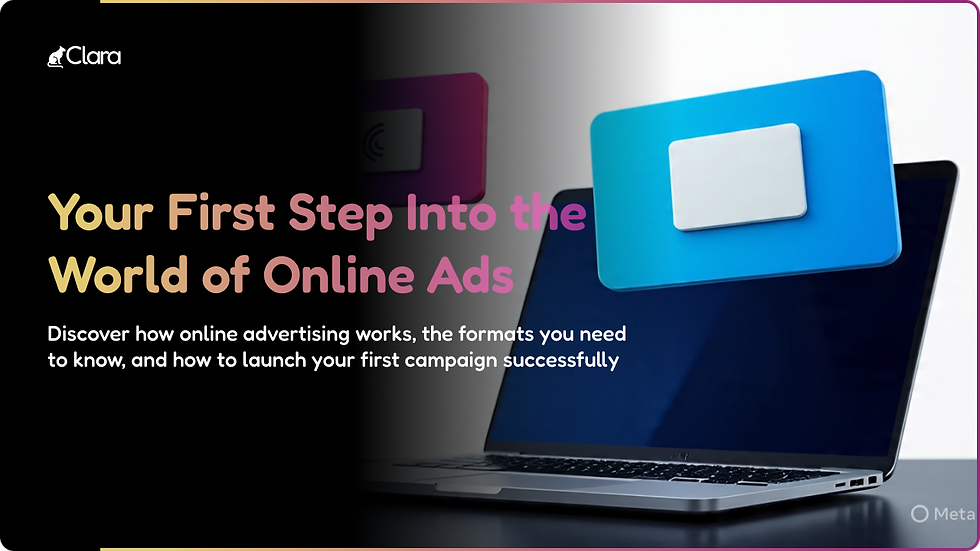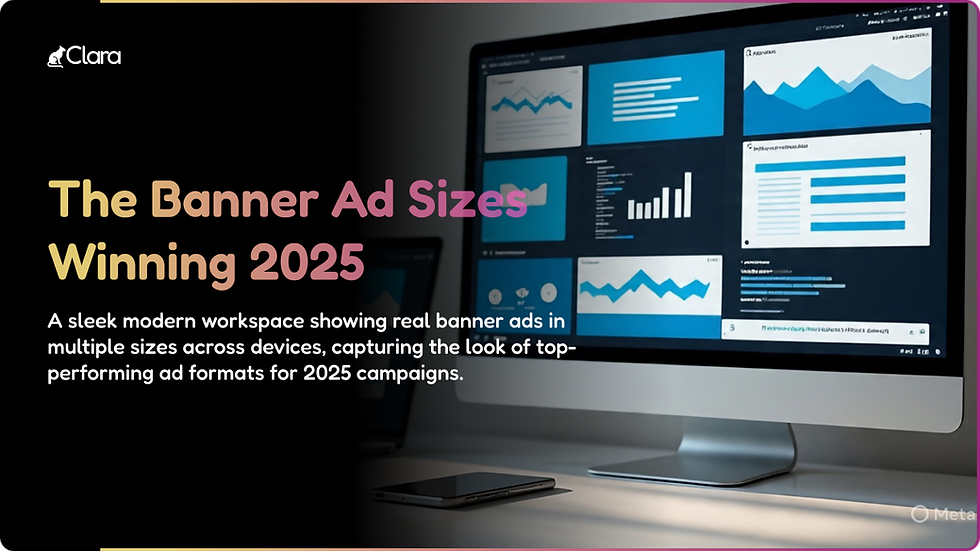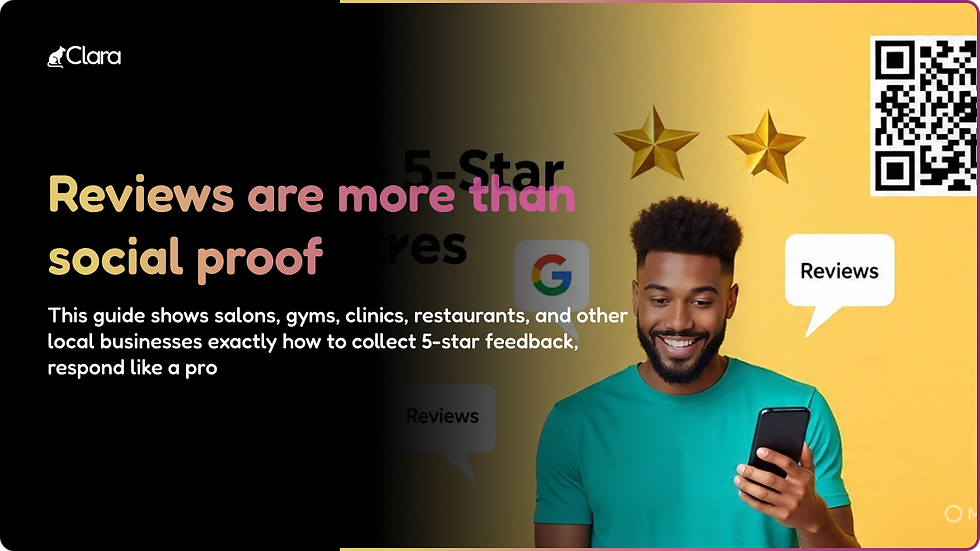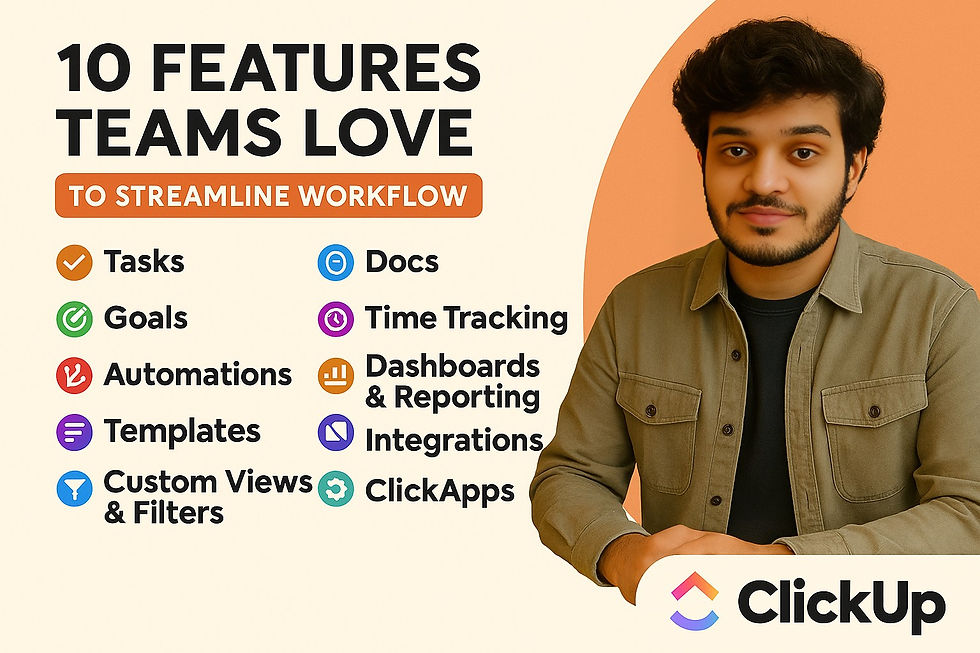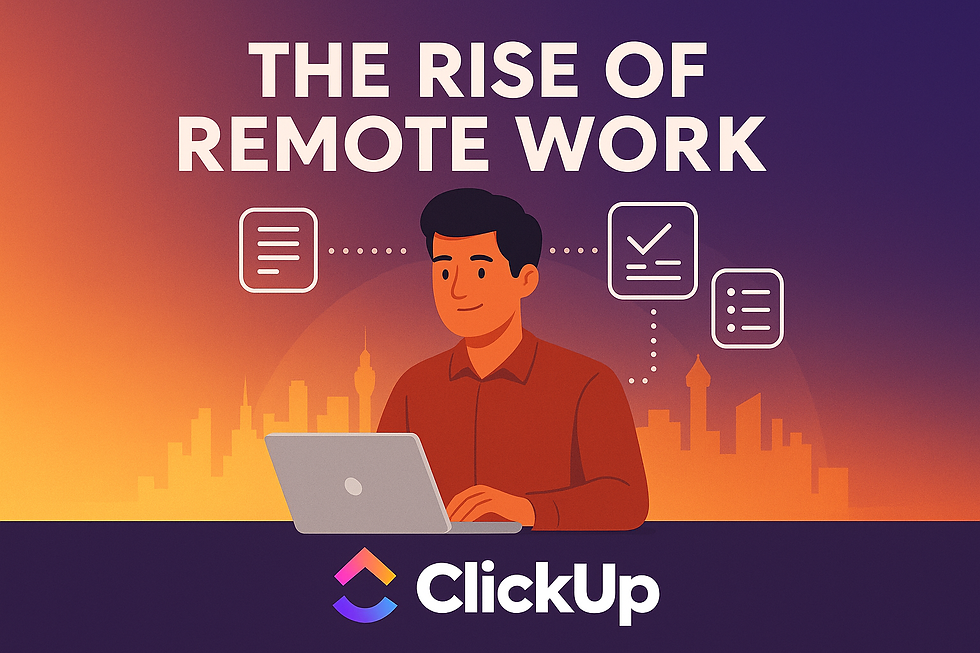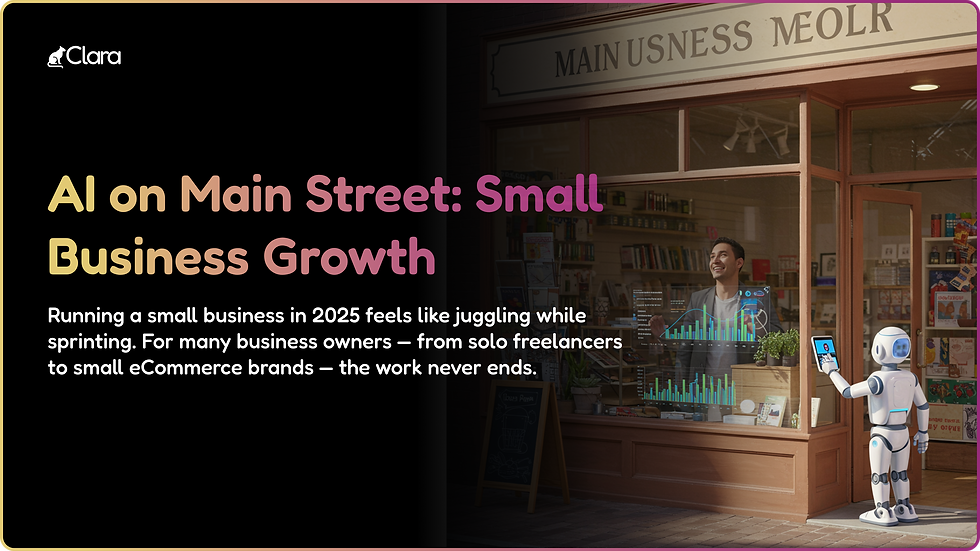- Dravya Bansal
- Oct 10, 2023
- 4 min read
1. Introduction
The field of User Interface (UI) and User Experience (UX) design has seen unprecedented growth in recent years. As businesses increasingly prioritize user-centered design to create products that resonate with their target audience, UI/UX professionals have become highly sought after. However, with this surge in popularity comes the question of whether the UI/UX job market is becoming saturated. In this article, we’ll explore the signs of saturation in the UI/UX job market and how professionals in this field can stay competitive.
2. Why UI/UX is a Lucrative Field
UI/UX professionals are in high demand because they play a crucial role in ensuring that digital products are user-friendly and visually appealing. The emphasis on creating seamless and enjoyable user experiences has made UI/UX design a lucrative career choice. Companies are willing to invest in these professionals to gain a competitive edge, resulting in attractive salaries and benefits for UI/UX designers.
3. The Rising Number of UI/UX Graduates
With the growing demand for UI/UX professionals, educational institutions are capitalizing on this trend. Many universities and colleges now offer specialized UI/UX design programs. While this is great for expanding the talent pool, it has led to an influx of UI/UX graduates entering the job market.
4. Competition Amongst UI/UX Professionals
As more professionals enter the UI/UX field, competition intensifies. Standing out in a crowded talent pool becomes challenging. UI/UX designers must find unique ways to showcase their skills and differentiate themselves from the competition.
5. Job Requirements are Evolving
UI/UX designers are no longer just expected to have design skills. Employers now seek multidisciplinary professionals who can collaborate with developers, understand business goals, and conduct user research. Adapting to these evolving job requirements is essential for success in the field.
6. Remote Work Opportunities
The COVID-19 pandemic accelerated the trend of remote work, and UI/UX professionals are no exception. Many companies now offer remote work options, allowing professionals from around the world to compete for the same positions. This has both positive and negative implications for job seekers.
7. Freelancing and Gig Economy
Freelancing and the gig economy have gained prominence in the UI/UX field. Many professionals choose to work independently, offering their services to multiple clients. While this offers flexibility, it also means dealing with irregular income and increased competition.
8. Changing Employer Expectations
Employers’ expectations of UI/UX professionals have shifted. They now look for candidates with a broader skill set that includes business acumen, project management, and a deep understanding of user psychology. Adapting to these new expectations is crucial.
9. Continuous Learning is Key
To thrive in the evolving UI/UX job market, professionals must commit to continuous learning. Staying updated on the latest design trends, tools, and technologies is essential. Upskilling and reskilling are not just options; they are necessities.\
10. Networking and Personal Branding
Building a strong professional network and creating a personal brand can help UI/UX professionals stand out. Networking events, online communities, and social media platforms can all be valuable tools for connecting with peers and potential employers.
11. Balancing Passion and Pragmatism
UI/UX designers often face the dilemma of pursuing their passion versus meeting market demand. Finding the right balance between working on projects you love and taking on projects that pay the bills is a challenge that many professionals in the field encounter.
12. Exploring Niche Opportunities
One way to combat saturation is to explore niche opportunities within UI/UX. Identifying untapped niches and specializing in them can make you a sought-after expert in a particular area of design.
13. Staying Ahead of Technology Trends
The UI/UX landscape is heavily influenced by emerging technologies such as augmented reality, virtual reality, and artificial intelligence. Staying ahead of these trends and acquiring relevant skills can set you apart in the job market.
14. The Role of Soft Skills
While technical skills are vital, soft skills like communication, empathy, and collaboration are equally important in UI/UX. Enhancing these skills can improve your effectiveness as a designer and your ability to work effectively with cross-functional teams.
15. Conclusion
The UI/UX job market may be showing signs of saturation, but it remains a field filled with opportunities for those who are adaptable and committed to growth. Aspiring and established UI/UX professionals should embrace continuous learning, network proactively, and find their unique place in this dynamic industry.
FAQs
Is a degree in UI/UX design necessary to enter the field?
While a degree can be beneficial, it’s not always necessary. Many professionals build their careers through self-study and practical experience.
How can I keep my UI/UX skills relevant in a rapidly changing industry?
Continuously update your skills by taking online courses, attending workshops, and staying informed about industry trends.
Are remote UI/UX jobs as competitive as in-office positions?
Remote UI/UX jobs can be competitive, but they also offer opportunities for professionals from diverse geographic locations.
Is freelancing a good option for UI/UX designers starting their careers?
Freelancing can be a good way to gain experience, but it may come with financial challenges. Consider it carefully before diving in.
What are the most sought-after soft skills for UI/UX designers?
Effective communication, empathy, collaboration, and problem-solving skills are highly valued in the field.




